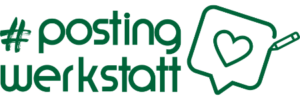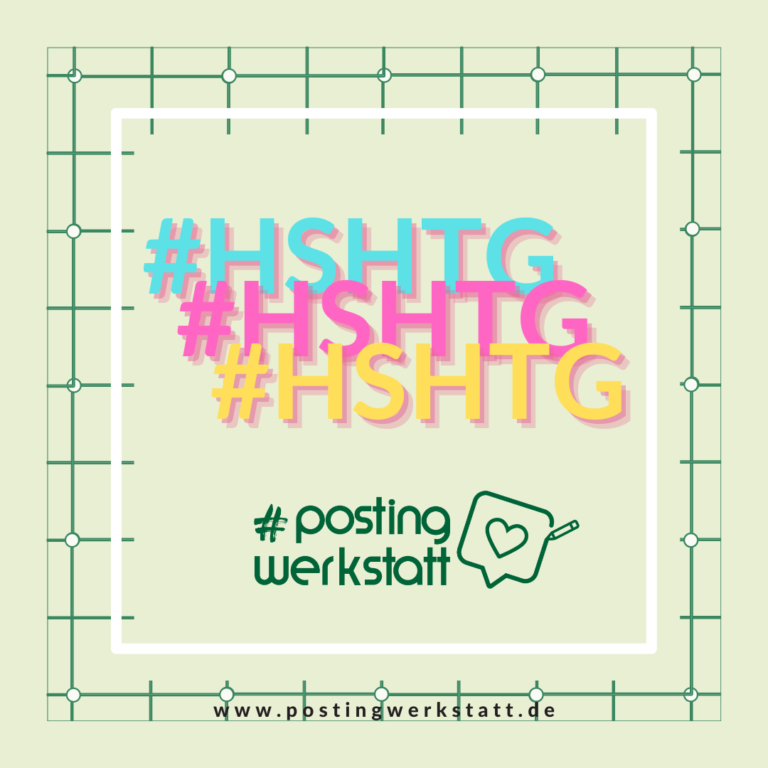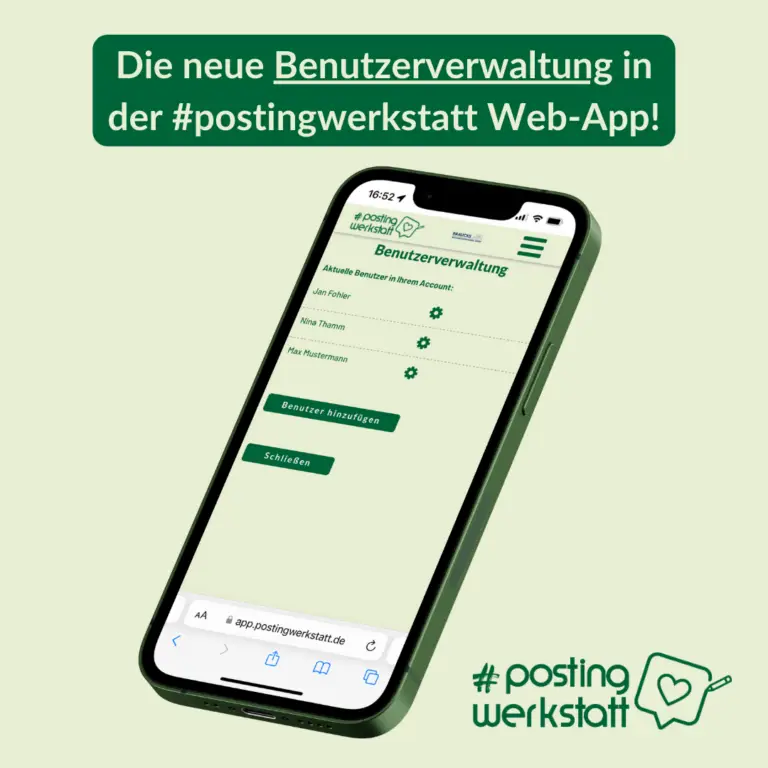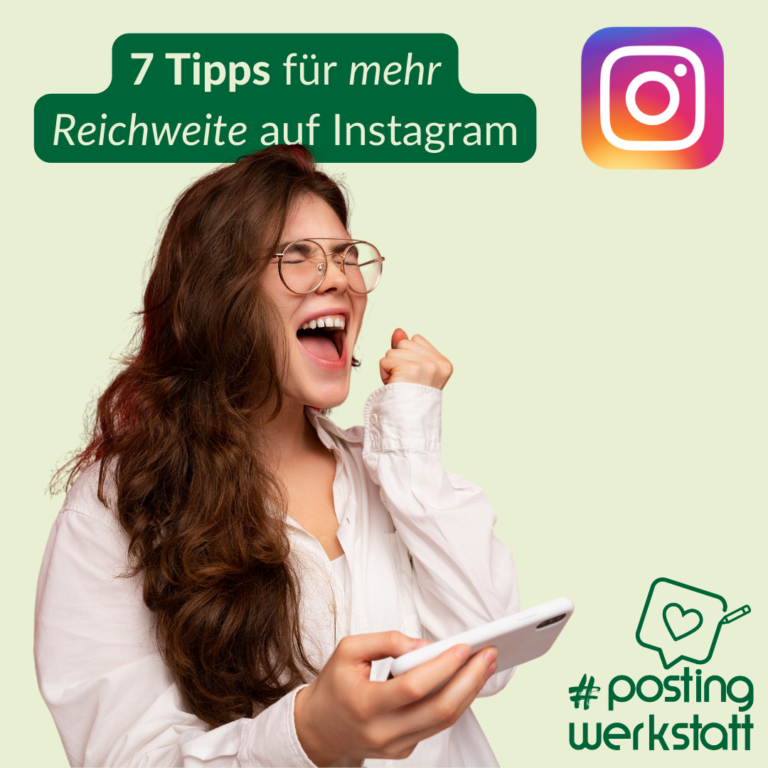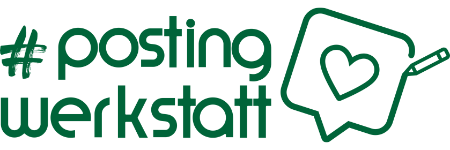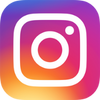Choosing the right hashtags for your posts on Instagram is still greatly underestimated by many Instagram users.
What are hashtags anyway?
A hashtag ("#") is used to categorise your posts. However, a hashtag can not only be assigned to subject areas, but can also represent affiliations in relation to a wide variety of areas. Here are a few examples:
A theme (#automobile), a place (#halternamsee), a feeling (#glücklich), belonging to a brand or "movement" (#cocacola), an industry (#handwerk), etc. .
How do I know which hashtags exist? Basically, you can create and reinvent your hashtags as you wish. You can quickly and easily find out which hashtags are available and how often they are used using the search field in Instagram.

Simply start typing "#" and you will receive suggestions for the term you have entered, sorted by frequency of previous use.
Why does it make sense to use existing hashtags?
Hashtags can not only be used when creating posts, they can also be subscribed to, similar to following a channel. This means that if an Instagram user subscribes to a hashtag, all posts with this hashtag will be displayed in their feed in future.
So if you are interested in a particular brand, the place where you live or a particular industry, then you should subscribe to the respective hashtag by simply searching for the hashtag in the search, clicking on it and then clicking on "Follow".

So why use hashtags?
In principle, this is exactly what is described in the previous section. Users on Instagram want to keep up to date with certain "topics" and therefore follow the respective hashtags.
If you now publish a post with this hashtag, it will be displayed in the feed of all users who follow this hashtag. This increases your reach and makes new users aware of your Instagram channel.
How do I find the right hashtags for me?
To answer this question, you must first clarify for yourself who you want to address and what you want to achieve with your social media activity.
If you run a local shoe shop, for example, your aim is not usually to sell shoes online via your social media channel, but to make people from your town aware of you and encourage them to come into your shop when they need to buy new shoes. It therefore makes sense to use "local" hashtags. For example, the place where you have your shop. If you specialise more deeply, for example in safety shoes for children, your customers may also come from further afield and you need to focus your hashtags more on your specialisation.
Therefore, try to tailor your hashtags precisely to your needs, because "just a lot of followers" will not bring more visitors to your shop.
Where else can I find hashtags?
There are numerous websites where you can search for hashtags related to your "topic". If you are aware of your focus and perhaps have already found a few hashtags that work for you, you can search for alternatives to your existing hashtags via https://www.tagsfinder.com/, for example.
How many hashtags should I use on Instagram?
Using too many hashtags doesn't look good in your posts because it's immediately recognisable what you're after: "As much reach as possible at all costs."
On the other hand, Instagram's algorithm will also penalise you, as your content will be classified as less relevant for very specific hashtags.
In September 2021, Instagram itself issued a clear recommendation of 3-5 hashtags per post.
This does not mean that Sis should always use the same 3-5 hashtags in every post. Quite the opposite.
Your posts will differ from one another in terms of content (at least they should). Adapt your hashtags accordingly and you will realise over time which hashtags work well and which don't.
How do I know that a hashtag is "working well"?
Quite simply: by trying it out.
You can see which posts performed how well in Instagram's "Insights" (in the app).
Although this is a fairly manual method, you can determine which hashtags account for which differences in reach without external tools and gradually optimise your hashtags.
As already mentioned, there are also external tools that can measure and display the performance of your hashtags. One provider with whom we have had very good experiences in this regard is Sked Social.
You can connect your social media accounts there and have access to more in-depth "insights" than is possible via the Instagram app, among numerous other functions.
Who else can help me find the right hashtags?
As mentioned above, this requires some brainstorming. Many advertising agencies and freelancers can certainly help you with this.
#postingwerkstatt's posting service permanently optimises the hashtags used for its customers after a basic strategy has been developed at the beginning. This guarantees a permanent increase in reach and ultimately results in more awareness among the right Instagram users.
Conclusion
Hashtags are an important tool that many users are still unclear about. If you use hashtags correctly, it can make the decisive difference for you and your company in social media compared to your competitors.
